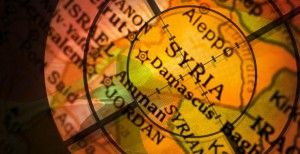
History is often the result of mistakes. Trump’s hawkish cabinet is made up a diabolical group of decision-makers including John Bolton, Mike Pompeo and “Mad Dog” Jim Mattis who are firmly committed to waging war. A massive US-NATO naval deployment is unfolding in the Eastern Mediterranean. The British government has put its Royal Air Force bombers on standby. The USS Truman aircraft carrier is en route to the Eastern Mediterranean.
At this stage it is impossible to predict what actions might be taken. President Trump’s Trigger-happy threats directed against Syria (in response to the alleged chemical weapons attack) should therefore be taken seriously.
Similarly, the implications of Moscow’s stance confirming that the Russian Military will forcefully respond to US missile attacks should also be addressed.
However, there is an important element which has largely been neglected in recent independent media reports regarding Syria, which suggests that the US could take the decision NOT to engage in the conduct of a major military campaign at this particular juncture.
Why?
The structure of US military alliances is in crisis.
Military Strategy 101 tells us: you do not wage a major war when one of your key allies is “sleeping with the enemy”.
An understanding of the military structure of alliances including cross-cutting coalitions is absolutely crucial. So-called “enduring alliances” in support of America’s “Long War” can no longer be relied upon.
NATO is in crisis: The U.S. and several NATO member states are not only at war with Syria, they are also at war with Turkey which is fighting the US sponsored Kurdish rebel forces in Northern Syria.
In turn, Turkey –which remains NATO’s heavyweight in terms of conventional ground forces– has an alliance with both Russia and Iran, which in turn are supportive of the government of Bashar al Assad.
With regard to China-Turkey cooperation (including military affairs), “China has expressed openness toward Turkey’s joining the Shanghai Cooperation Organization, a security alliance … that is seen as a counterweight to NATO” (to which Turkey happens to be a member).
Syria’s Kurdistan
Within NATO the clash is not limited to a confrontation between Washington and Ankara. Other member states of the Atlantic alliance have been sucked into the US-Turkey showdown in Northern Syria including France and Britain, not to mention Israel ( a de facto NATO member and ally of Turkey) which has been supportive of the Kurdish separatist movement mainly in Iraq but also in Syria.
France and Britain Support the Kurds against Turkey
French special forces were dispatched by President Macron to Northern Syria in support of the Kurdish rebels. De facto, France is now at war with Turkey, a partner NATO member State.
President Macron is in many regards a US proxy. Contrary to the Reuters report above, France will be working hand in glove with the US, providing military support to the Kurdish rebels who are fighting against Turkey, France’s partner state of the Atlantic alliance.
Moreover, British as well as Israeli intelligence ops have also integrated Kurdish forces.
While Germany’s “official” military support is limited to the Pechmerga Kurdish forces in Iraq, Berlin has established de facto “diplomatic” relations with Syria’s Kurdish National Council (ENKS in Kurdish).
The Fracture of Syria
The fracture of Syria and Iraq is part of a longstanding US agenda which consists in redrawing the Map of the Middle East: In southern Syria, what was envisaged from the outset of the war in 2011 is regime change and the formation of a Sunni Islamic State, In North East Syria, Washington’s project is to create an independent Kurdish State which would also encompass parts of Iraq, Iran and Turkey (see map below)
Note: The following map was prepared by Lieutenant-Colonel Ralph Peters. It was published in the Armed Forces Journal in June 2006, Peters is a retired colonel of the U.S. National War Academy. (Map Copyright Lieutenant-Colonel Ralph Peters 2006).
Greater Israel
The fracture of Syria and Iraq including the formation of an independent Kurdish State is intimately related to the Zionist project of a Greater Israel (see Map below which identifies the “Promised Land”)
Israeli forces are involved covertly in Northern Syria against Turkey in coordination with the US military in Rojava (Syrian Kurdistan)
The “Greater Israel” project consists in weakening and eventually fracturing neighboring Arab states as part of a US-Israeli expansionist project, with the support of NATO and Saudi Arabia. In this regard, the Saudi-Israeli rapprochement is from Netanyahu’s viewpoint a means to expanding Israel’s spheres of influence in the Middle East as well as confronting Iran. Needless to day, the “Greater Israel” project is consistent with America’s imperial design. (Michel Chossudovsky, Global Research, December 2017)
“Greater Israel” consists in an area extending from the Nile Valley to the Euphrates.
Inter-NATO Divisions
One assumes that Trump’s advisory team is acutely aware of these inter-NATO divisions as well as the role of the broader structure of military alliances, which –from a strategic standpoint– has contributed to weakening the US.
Under these circumstances, one would expect that the hawkish war cabinet would advise the US Commander in Chief not to initiate at this juncture a major military campaign against Syria (i.e. similar to Iraq or Afghanistan). This course of action which consists in putting a major theater war on hold, does not however exclude the conduct of so-called punitive bombings to which both Russia and Syria would no doubt react. Nor does it exclude postponing major military action (including an invasion) to a later date.
The conduct of a military campaign led by Israel (with US support) against Lebanon, however, cannot be excluded.
The Ground War
Another factor which does not favor the conduct of a major US military intervention against Syria has to do with the nature of the ground war and the defeat of US proxy rebel forces throughout most of the country.
While the ground war opposing Turkey and America’s Kurdish proxies in Northern Syria is still ongoing, in Southern Syria, the conflict opposing Syrian government forces to al Qaeda affiliated rebels (which have been supported and financed by the Pentagon, NATO, Saudi Arabia and Israel) is more or less over following the liberation of Eastern Ghouta.
In turn, the Syrian government forces with the support of Russia have arranged for the evacuation of most of the Al Qaeda terrorists in air conditioned buses en route to Idlib which happens to be occupied by Turkish forces who are fighting US sponsored Kurdish rebels.
Moreover, with the defeat of the Al Qaeda affiliated rebels, most of the Western military advisers (embedded within Al Qaeda “opposition” forces), have also been evacuated from Southern Syria.
The Russian military in turn is in routine consultation with their Turkish counterparts which have facilitated the exodus of US supported “rebels’ as well their Western military advisers from Eastern Ghouta. Needless to say, the absence of active Western special forces on the ground constitutes an impediment to effectively waging a broader military campaign against Syria.
Concluding Remarks
As this article goes to Press, President Trump has intimated that “a final decision on possible military strikes against Syria … could happen “very soon or not so soon at all” following warnings by Defense Secretary Jim Mattis that “such an attack carried the risk of spinning out of control, suggesting caution ahead of a decision on how to respond to a [chemical weapons] attack against civilians last weekend [in Douma].”
The original source of this article is Global Research
Copyright © Prof Michel Chossudovsky, Global Research, 2018
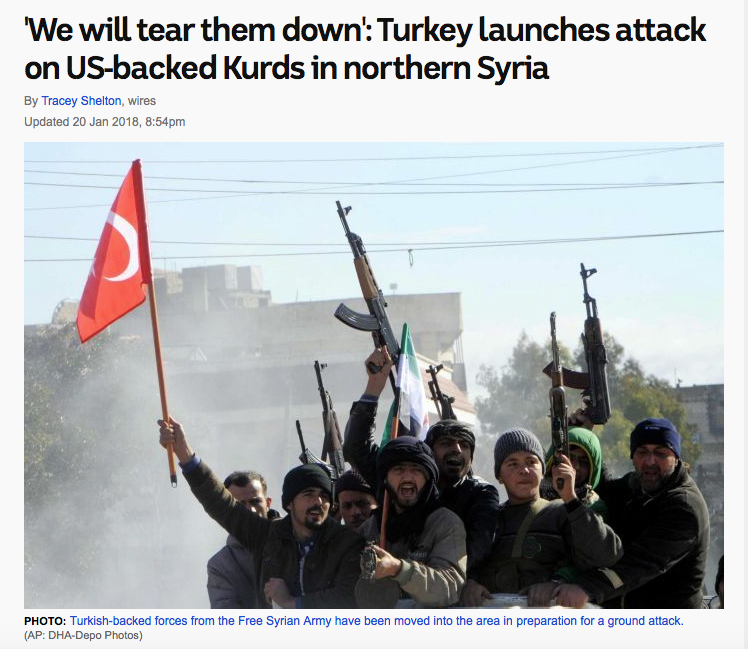
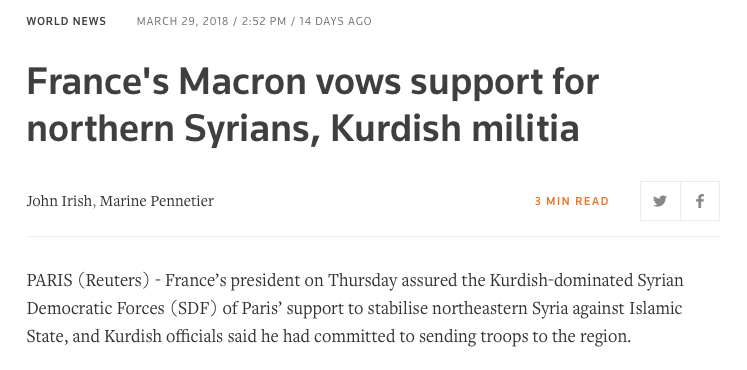
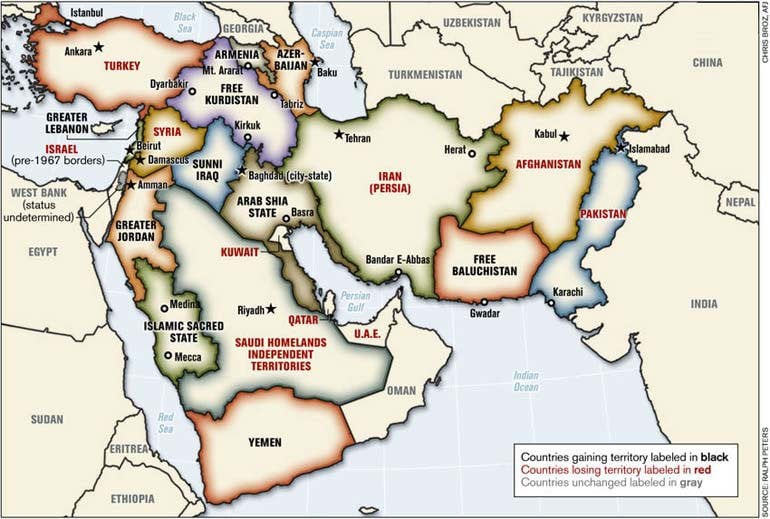
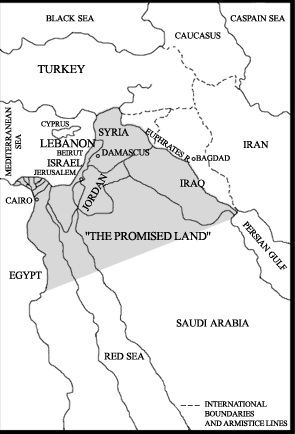

No comments:
Post a Comment
Note: Only a member of this blog may post a comment.